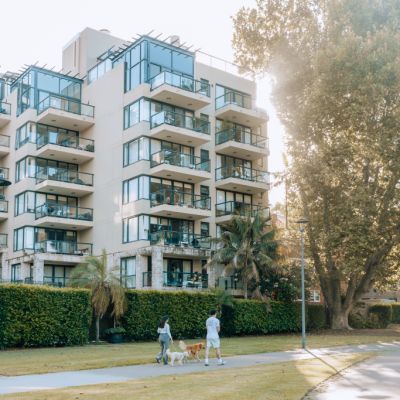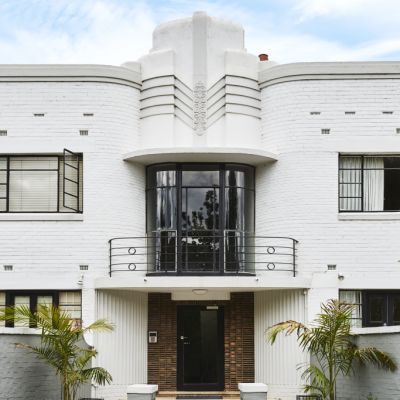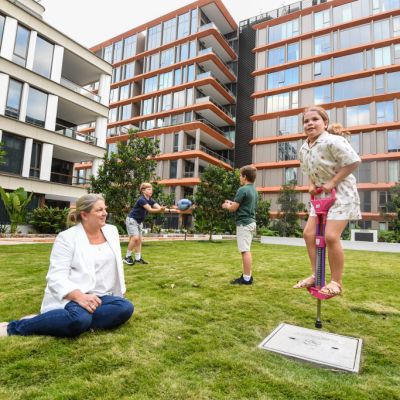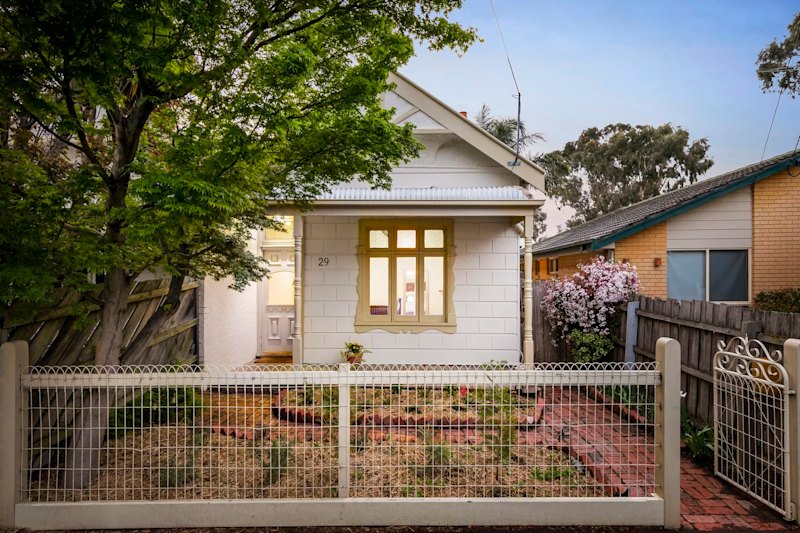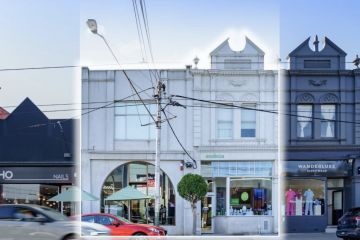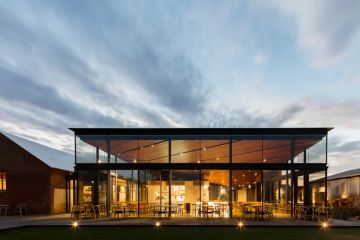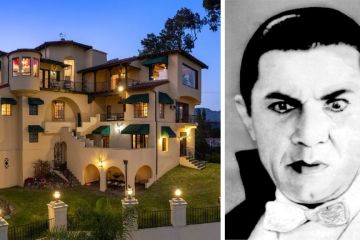Renovate or sell? How a Melbourne homeowner made the 'tough decision'
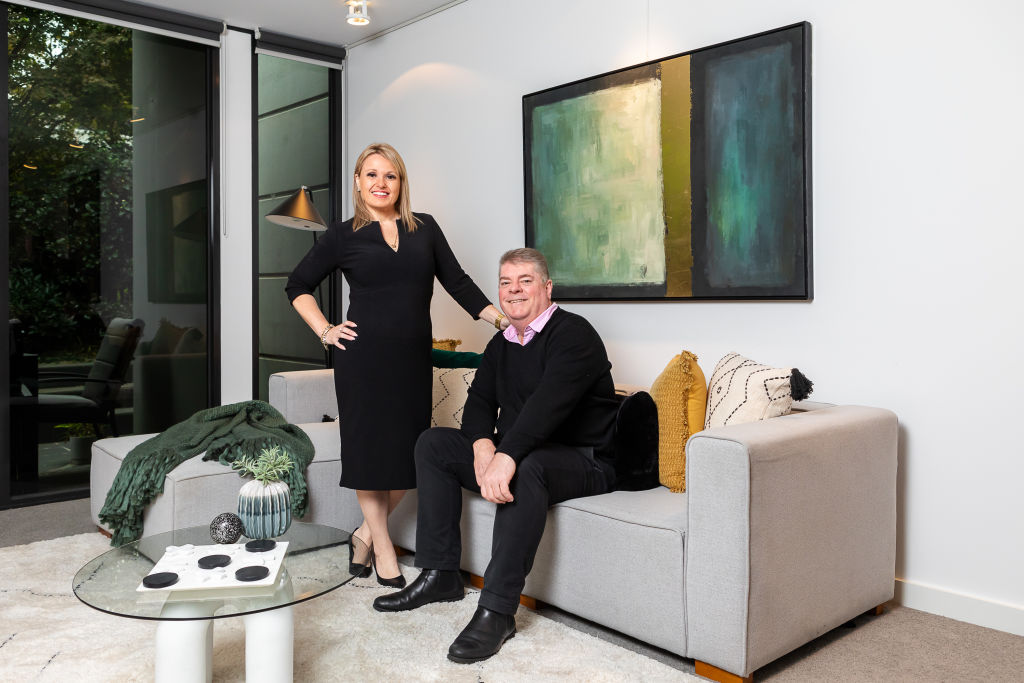
It was an agonising quandary. He’d purchased his apartment sight unseen during COVID and, by the time he moved in less than three years ago, he was experiencing rabid buyer’s regret, realising it was nothing like the home he so fondly imagined.
“It had previously been owned by a woman in her 70s or 80s, and it was like a grandma’s flat,” says IT consultant Craig Potter. “It felt small, and it didn’t feel good.
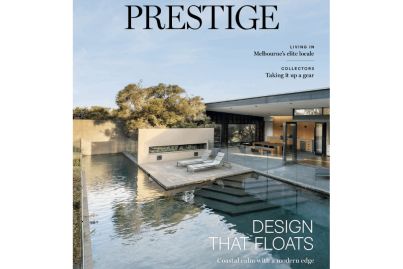

“I didn’t like it at all. And I thought, ‘What am I going to do now?’ I knew I had to either sell it and find something else, or renovate it. It was a tough decision. How could I renovate it to make it more liveable? I had no idea. And what if I couldn’t find anywhere better to buy?”
At that point, he called in an expert: interior designer Kellie Richardson, who says she’s constantly approached by people facing the same dilemma.
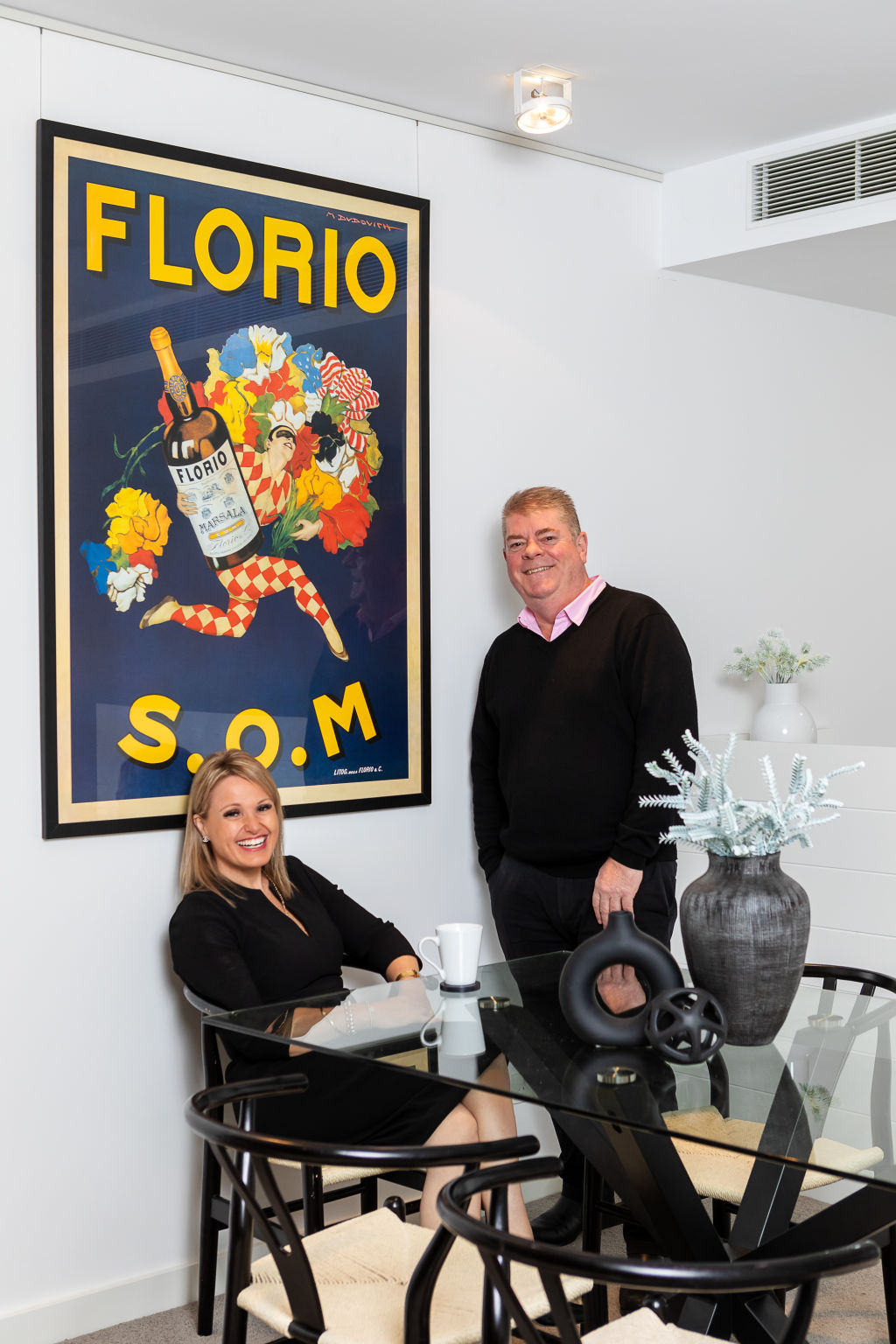
“It’s a big decision,” she says. “Many people love their house and location, and their children go to the local school. They’re friends with their neighbours, and they’re in their comfort zone. But they’ve outgrown their house or would like something more fresh, modern, and newer and want to upgrade.
“So, they’re trying to decide whether to renovate or sell, and both can be expensive options. It isn’t necessarily cheaper to renovate – depending on the size of the renovation – than to sell and buy again.”
Today, renovating can be more expensive and time-consuming than ever, with a shortage of labour, skilled tradies and the higher price of materials. Many local councils are dealing with a backlog of development applications (DAs), and recent legal changes, particularly in NSW – sparked by the outcry over construction defects – mean much more work has to be certified than previously.
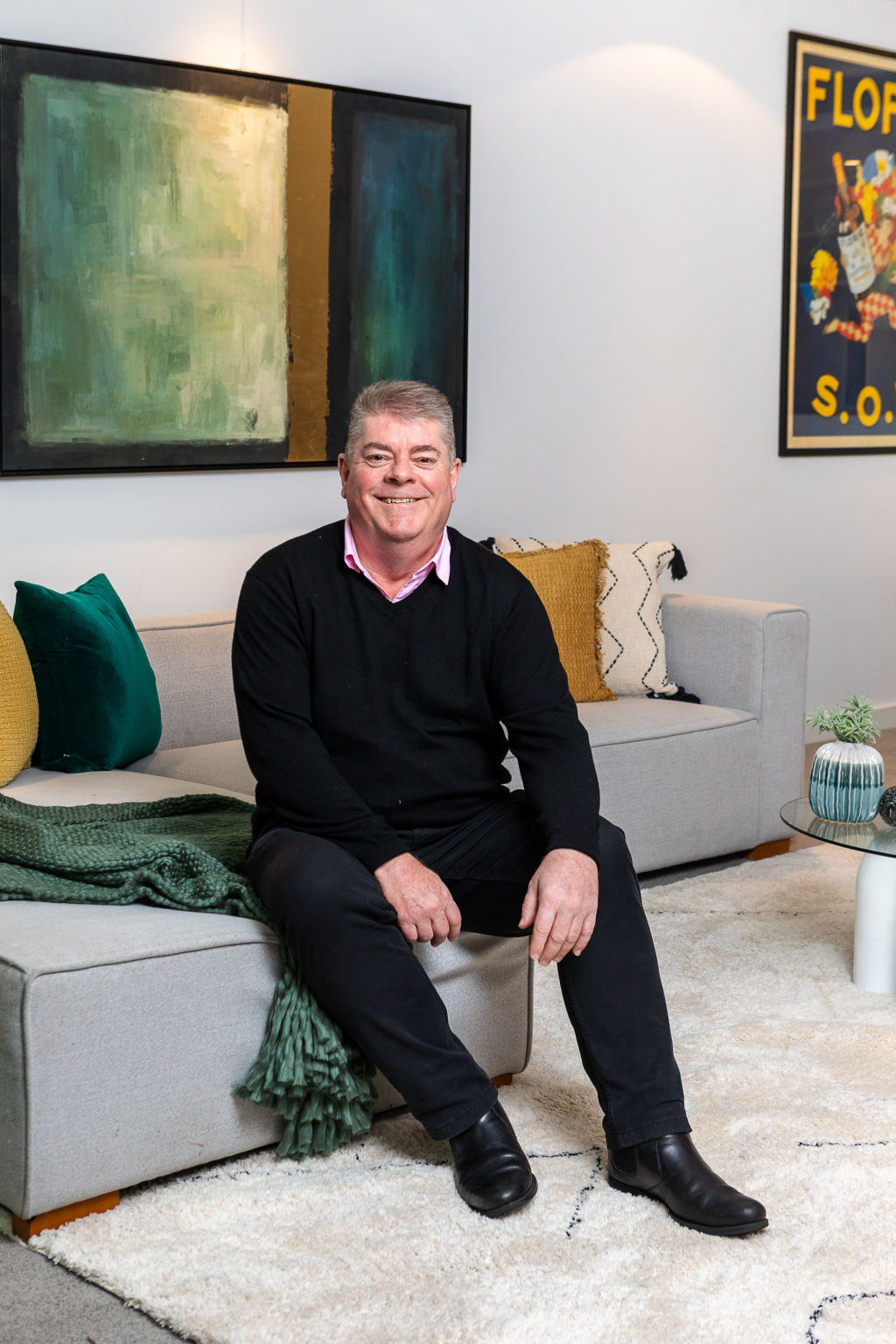
On the other hand, selling, moving and buying can always be costly, with stamp duty, advertising and marketing costs, agents’ fees and everything associated with relocating. It can be an uncertain gamble, too, if someone fails to sell their home and can’t find anything suitable to move into or prices don’t meet expectations.
In the end, Potter, 58, with Richardson’s help, decided to renovate and remain. Following her advice, he opened up the smallest room in his two-bedroom-plus-study apartment in Malvern, in Melbourne’s south-east, ripped up the carpets, brought in colour, redid the bedroom and walk-in wardrobe, changed all the furniture, screen printed a photograph of the beautiful oak tree in his backyard onto the viewless windows of his study and framed some of his travel photos for the walls.
“Now it looks and feels really good,” he says. “I’m so glad I didn’t move. I could never have imagined how Kellie could change it so dramatically. Now it looks less like a grandma flat and more like an art gallery. And I’ve saved so much money by not moving, probably around $40,000 on stamp duty alone!”

Richardson, the founder of Kurved by Design, says it’s important to think outside the box. “Some people want a fresh start, but they’re still emotionally attached to their current home,” she says. But if they want to move, I’ll often help by styling their home for sale to help them get the best price and the quickest sale.”
Naturally, the decision can go either way. When David Iacono’s father died, he and his siblings had to decide whether to renovate the magnificent four-bedroom home in Killara, on Sydney’s upper north shore, that had been in the family for 60 years or sell it.
“So, we ended up agreeing to do a little bit of a cosmetic renovation to make it look nice and clean and a blank canvas ready for the next person,” says Iacono of the house at 1a Rosebery Road. “And then we put it on the market.”
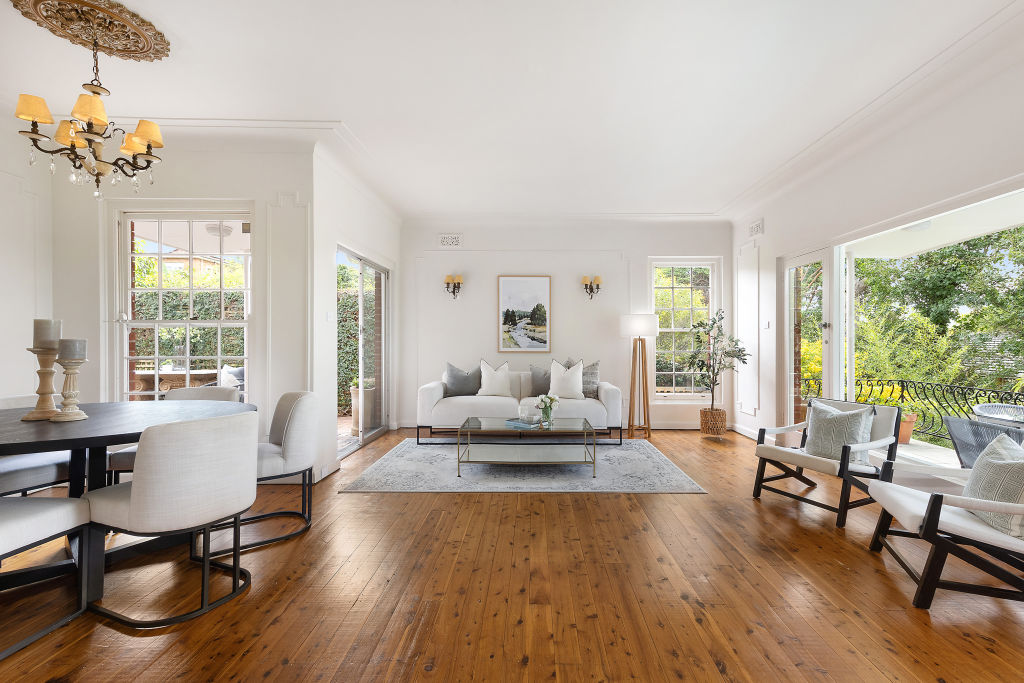
Ray White agent Scott Phillips is selling the property and believes that selling can be the best option in some circumstances. “We did a cosmetic refresh of the house, cleaning up the floorboards, sanding and polishing them, painting and getting the garden back into shape,” he says.
“Anyone who buys now doesn’t have to rush into a renovation. We’re finding a lot of people now are less inclined to renovate because of the higher costs of materials and the trade shortages.”
Sydney Inner West agent Rosalie Gordon of Planet Properties says the danger of renovating can be the risk of over-capitalising, and 95 per cent of the time, it isn’t economically viable.
“You can have the idea of a fabulous extension, but then the builder says that it could cost $150,000, and it suddenly doesn’t feel like such a good idea anymore,” she says. “But it could be if you want to stay in the house for a long time. But if not, probably not.”
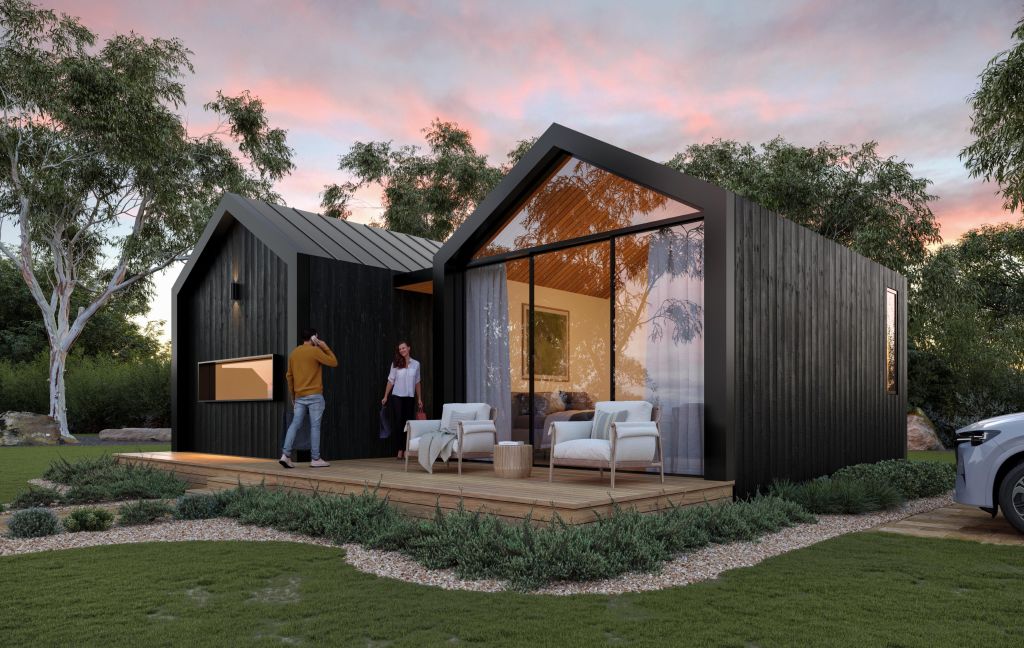
New products are constantly coming onto the market that can make renovations and extensions easier and cheaper. Buildonix, for instance, has a world-first Lego-like building model comprising pre-made sustainable components that can be interlocked into a home quickly and on-site.
Chief executive Maurice Lake says, “It enables you to keep your home, which is usually the best way, but also to renovate quickly and efficiently and even to add a granny flat in the backyard cheaply, which can give you more space or another source of income.”
Conventional renovations can now be a lengthy and costly process with DAs and councils to navigate, labour shortages and fewer builders in business, says Vault Interiors founder Justine Wilson. Then again, there is a chronic shortage of homes, which can make selling and buying tricky.
“So, if you want to renovate, you have to be savvy about it,” she says. “You’ll probably have to cop inflated builder costs and blowouts, but you need to be ready and organised.”
We recommend
We thought you might like
States
Capital Cities
Capital Cities - Rentals
Popular Areas
Allhomes
More
